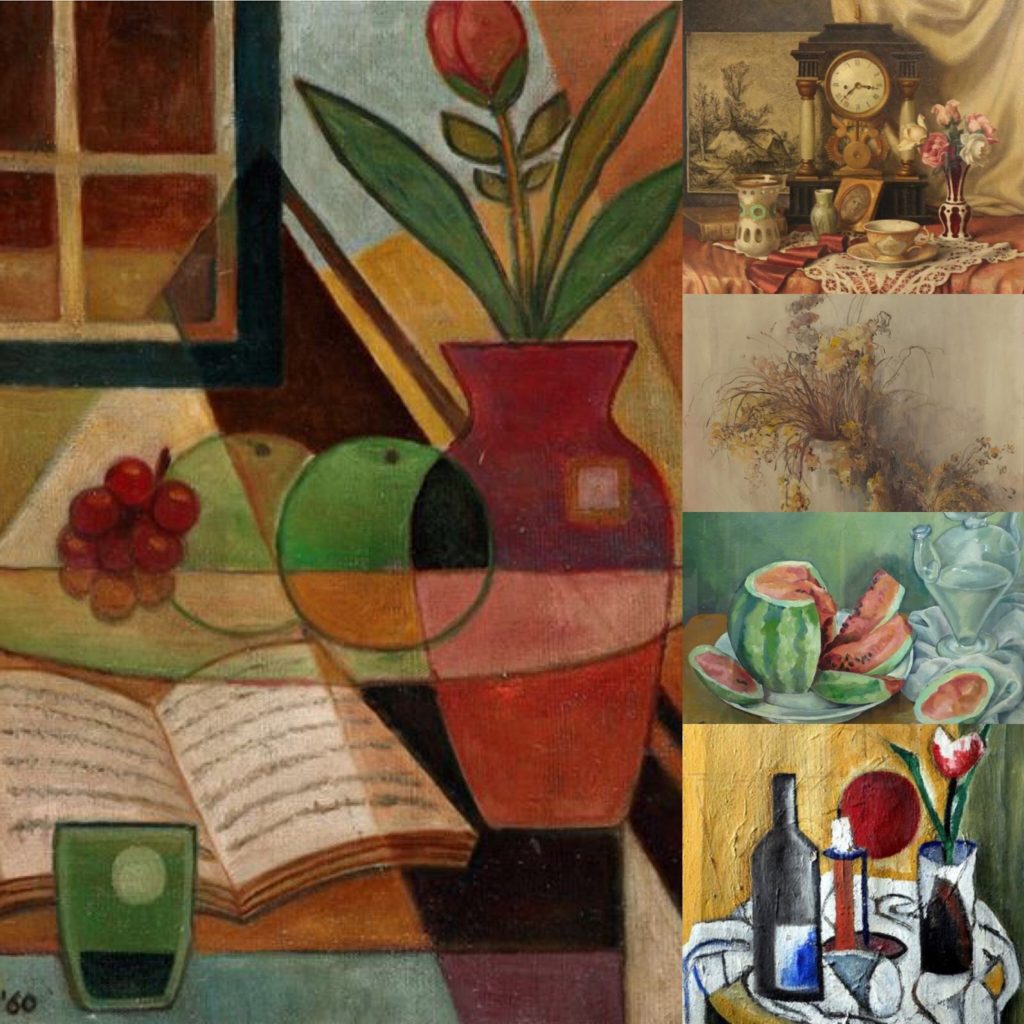What is Still Life?
‘Still Life’ are real life objects which are painted with no coordination as to each object. It is a type of art which is seen from the earliest of ancient times and is known as “still even” in the Netherlands.
History of Still Life
In the early 1960s, the genre of Still-Life became popular in Northern Europe and it Dutch and is known to be an independent photography style. The style is originally formed in Dutch and started to become renowned for being concerned with Khar (observation with the natural world). The objects photographed are usually positioned within a frame and create the objects showcased are usually considered to symbolise religion and mortality, reflecting the artists culture. The symbolism is shown through different objects (mirrors, candles, glasses, vases, watches, crowns etc..) all of which can represent aspects such as death, power, human life, as well as wealth and beauty and were all discovered in the ancient burial sights. Therefore, still-life being the composed portray of objects was considered broad and later on they were condensed into sub categories because of the different objects being photographed being different and having a different symbolic representation.
The Romans and Greeks also made a similar form of art which was known as Frescoes which is where they painted on plaster. This art type was modified to include more religious elements, meaning that floral designs become more popular because of them representing areas around the world which are all blooming in the same vase. Moving onto becoming closer to the modern day, this overall technique was adopted by well known artist Van Gough who painted images which included sunflowers, water jugs, as well as wine bottles.
Dutch Still Life Paintings
Dutch still life paintings are famous all over the world due to their depicting objects which have underlying metaphors from the fruits, meats and flowers being pictured. The era these images were taken were known for its wealth, due to exotic luxuries being brought to the country. These luxuries being tobacco, tea, salt, sugar, spices as well as silk. Due to these elements being very celebratory, the Dutches included them into their paintings to celebrate.
Analysing Still Life Paintings
Visual analysis- In this image I can see that their is wealthiness shown in the image from the silver platter/ gold stands which is shown, symbolising richness as it is an exclusive item. The silver/ silk tablecloth has an underlying symbol of power as it seems be quite expensive if silk. Their are lots of food elements on the table, most from exotic countries (lobster, lemon, jackfruit peaches) showing a high social status.

